In this forearm hypertrophy guide, you’ll quickly learn how to build forearms that garner attention and praise. Not only that, but you’ll also learn about the fatal mistakes that you must avoid if you want new forearm growth.
Related posts
Common forearm hypertrophy mistakes
If you make any one of these fatal forearm hypertrophy mistakes, then you’re leaving massive gains on the table.
Only doing wrist curls
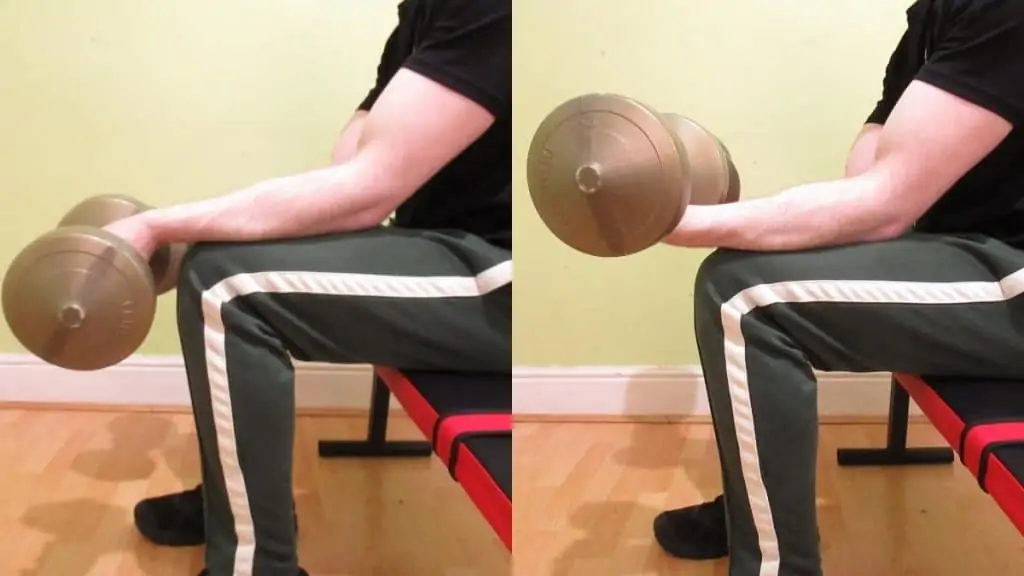
When it comes to the forearms, don’t think like the meathead.
What would the bodybuilder do?
The bodybuilder would smash out a couple of sets of wrist curls after his back or arm session (meatheads only do body part splits, remember?) and then call it a day.
Surprise surprise, this training style leads to sub-optimal growth. How so?
Because our meathead friend is training his forearms when he’s at his most fatigued. Not only will his nervous system be less efficient at the end of a workout—reducing his ability to effectively contract his muscles— but his lower arms will also be tired from gripping bars and curling weights.
So, never just do a couple sets of wrist curls and say, “jobs a good un.”
Instead, give your forearm exercise selection the same care and attention you would for your chest training. Sure, wrist curls can be a part of your program, but in my experience, you need to do grip work if you want to maximize your forearm hypertrophy as a natural lifter.
Plus, wrist curls are hard to get stronger at, which is bad since progressive overload is a critical component of muscle hypertrophy. [1]
Neglecting the extensors
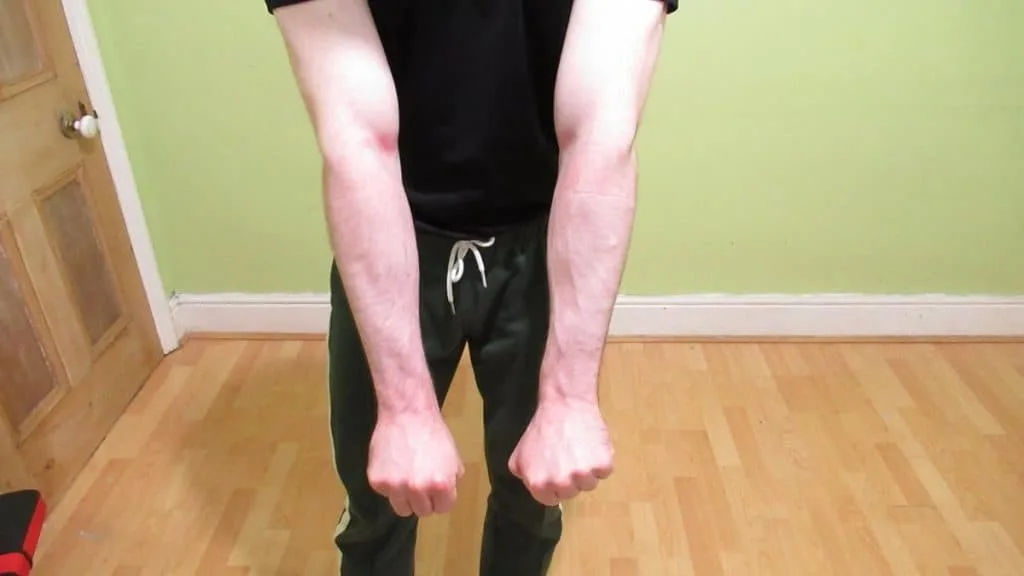
Despite having very limited growth potential, no pair of forearms is complete without well-developed extensors. Not only do the extensors add incredible detail to your lower arms, but they also help to keep your forearms balanced.
Further, people who don’t train their extensors enough are leaving themselves open to injuries because the muscles won’t be used to resisting heavy loads. So when they try and move that awkward piece of furniture, they better use their biceps as much as they can or else.
Having well developed extensors also makes your forearms stronger in general. So when you’re doing compound grip work, you’ll be able to lift more weight, which in turn leads to greater hypertrophy in other areas of your physique.
Forgetting about the brachioradialis
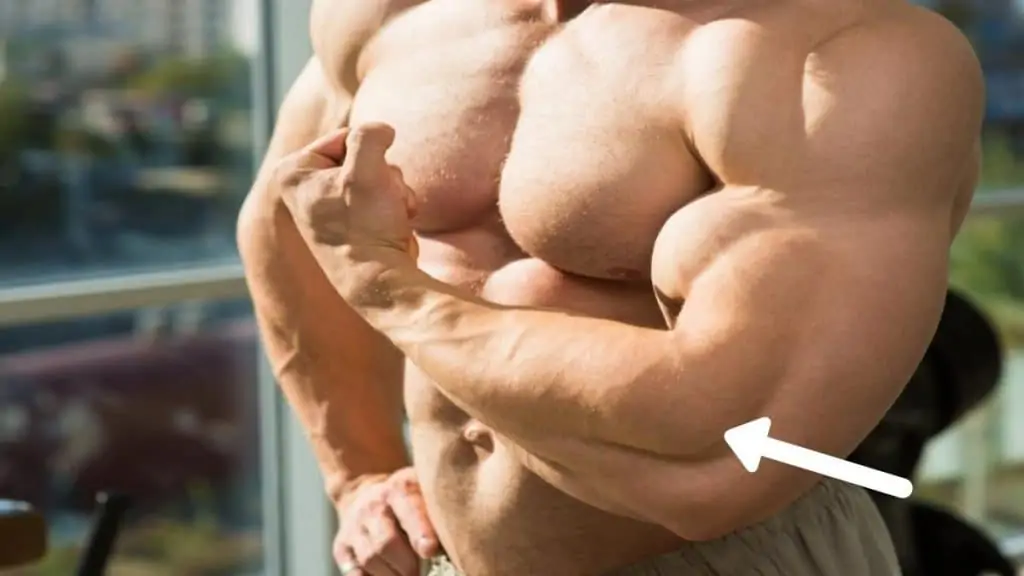
If you have big old flexors and an underdeveloped brachioradialis, then your forearms will look weird. If your arms were a jigsaw, it would look like there was a major piece missing.
Some people consider the brachioradialis a muscle of the upper arm due to its positioning, but really, it’s a forearm muscle. The best way to train it is via thumbless grip, full range of motion (ROM) reverse curls.
When developed, it will quite literally add another dimension to your forearms. And since the brachioradialis is underdeveloped on many people, when you bring yours to the next level, it’ll instantly make your physique stand out from the crowd.
Doing half reps

Half reps have their place. But when you’re looking to maximize your forearm hypertrophy, it’s hard to make a case for shortcutting the ROM.
While I’ll agree that going too deep on forearm curls can lead to wrist issues, you also have to acknowledge that half reps are awful for forearm development because the ROM on this exercise is small to begin with.
I sidestep the wrist pain problem by doing forearm curls after my heavy grip training. This means that I can’t lift as much weight. Add this habit to the high rep training and the sound form, and you can see that an injury isn’t a likely occurrence as long as I keep my training volume in check.
Relying on advanced training techniques
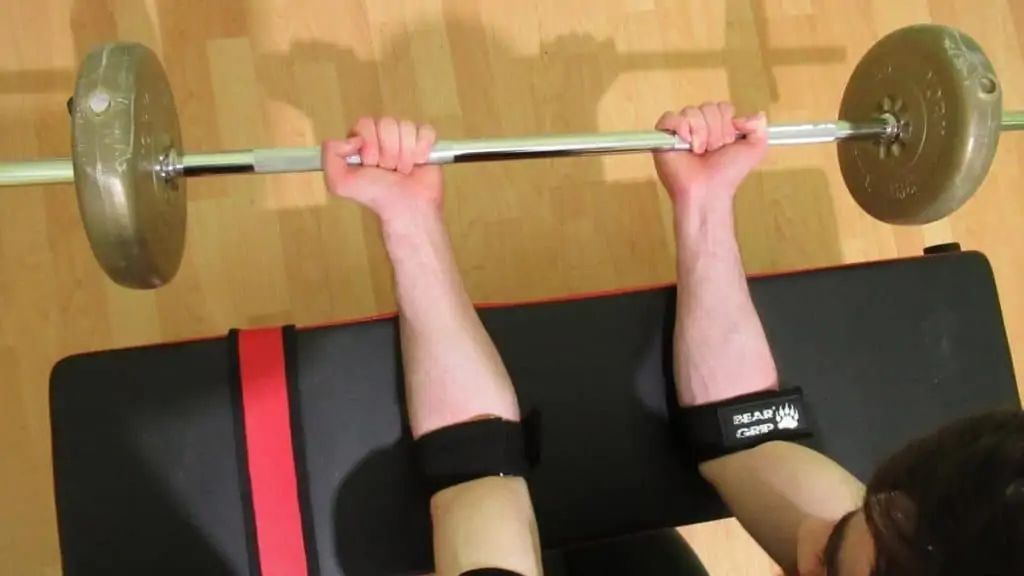
Forearm occlusion training and other such techniques can spark new growth in advanced lifters who won’t gain significant amounts of strength because they’re closing in on their genetic limits.
However, for the beginners and intermediate, I believe these techniques to be close to a waste of time. Or at the very least sub-optimal. If you’re not advanced, which most people aren’t in the forearm department, then you should focus on form, progressive overload, and then just stay consistent.
Of course, you can do things like BFR and get great gains, and it might even be mandatory if you have wrist issues. However, in my experience, most lifters simply lack the discipline necessary to stick to sound training principles like progressive overload when performing pump-inducing training techniques like BFR.
In other words, when they chase the pump, all their lifting logic goes out the window. So like I’m fond of saying, don’t train your forearms like a meathead would train theirs.
Doing too much volume
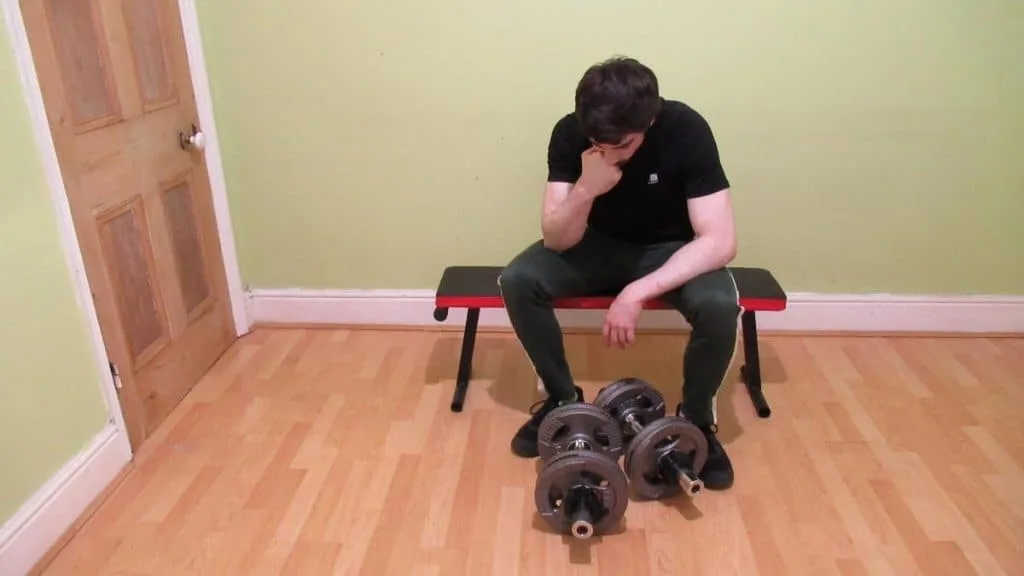
If you train your back and biceps hard, then you probably don’t have weak forearm muscles. Bicep curls, in particular, are an excellent exercise for the flexors.
Therefore, seek quality volume rather than endless sets. [2] A few sets of full ROM wrist curls can produce a surprising amount of hypertrophy if you’re consistent with them.
Compare this to doing 10-15 sets twice a week. Your wrists are always going to be on the cusp of injury and will probably experience frequent aches. And also, you’ll probably ruin your compound lift progress because your forearms will never recover in time.
Forearm hypertrophy tips
Maximize your forearm hypertrophy with these test-backed training tips. They’re fairly simple, but most lifters seem to overlook them.
Perfect your form first
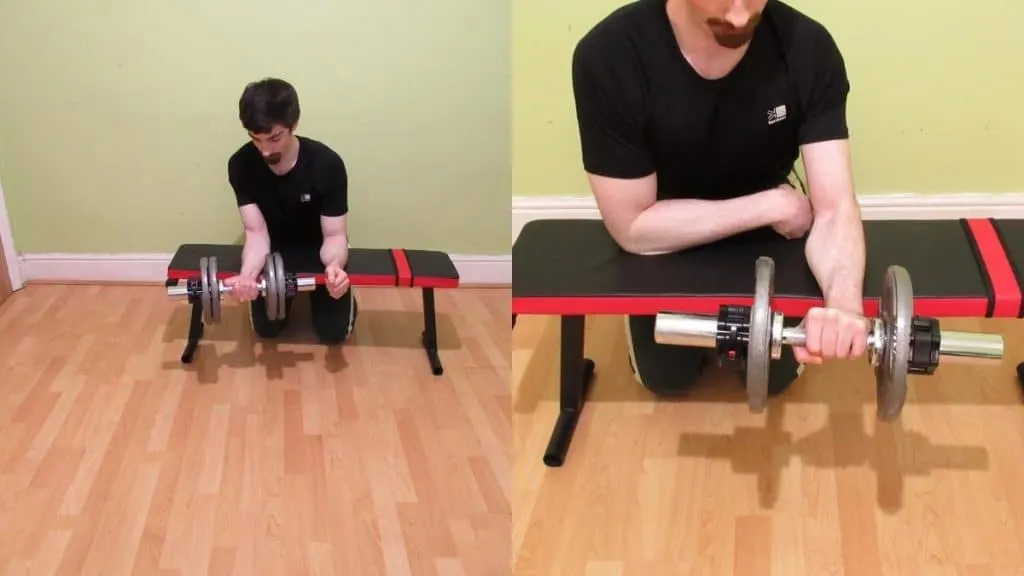
If you want to be doomed to skinny forearms for eternity, then use poor form. Otherwise, don’t.
There’s nothing more deflating than having to perform a technique reset. I think we’ve all been there. We’re gaining strength (or so it seems), and then we realize that as our strength has supposedly increased, our form has degraded past the point of being acceptable. So, reluctantly, we admit our mistake, lighten the weight, and start using good technique again.
Now, imagine the gains that you’d get (and could have already got, most likely) if you’d just used good form from day one. Maybe you’d need to take the progressive overload slower, but the extra forearm hypertrophy would be worth it.
When your form is on point, each rep becomes more effective. Plus, you stay further away from injury and closer to the gains because you can get great results while lifting less weight than a half-repper.
Don’t train like a bodybuilder
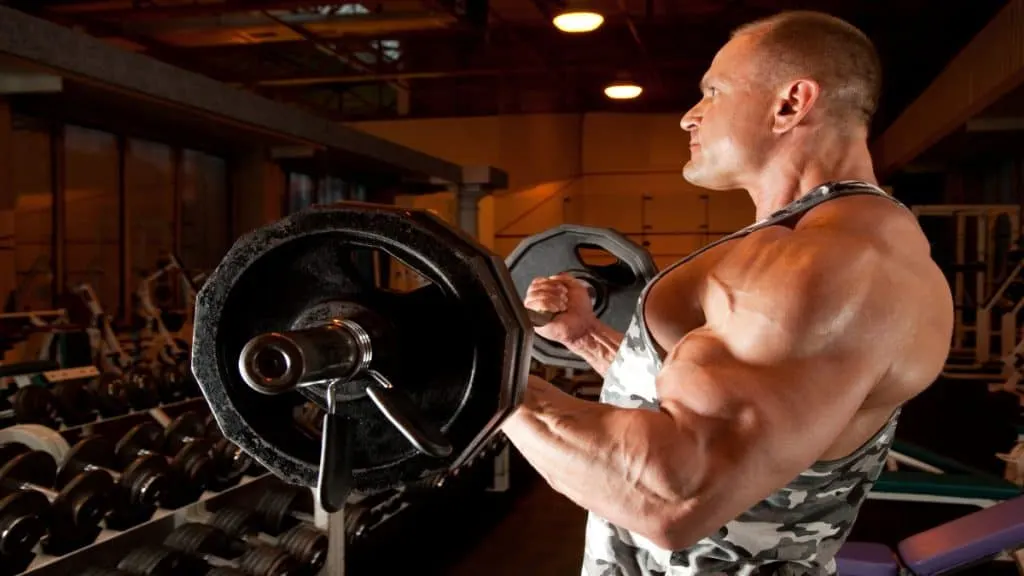
Many bodybuilders have great chest and bicep development to the point of those two body parts becoming a cliché. Yet, if you take a closer look at their physiques, then many so-called “bodybuilders” actually have forearms that are comparable to those of the general population.
This is party due to their lackadaisical attitude towards forearm training. The forearms are a body part that they train at the end of a workout—if they have time. And remember, much like the calves, traps, and abs, progressive overload is completely optional for the forearms, bro!
You just chase the pump and stare at your veins like a mesmerized meathead.
I see it time and time again: People who have strong forearms also have big forearms. You know, the kinda guy that looks like he could rip a phone book in half. Well, there’s something to learn from these people.
Which brings us nicely onto the next point.
Get a grip
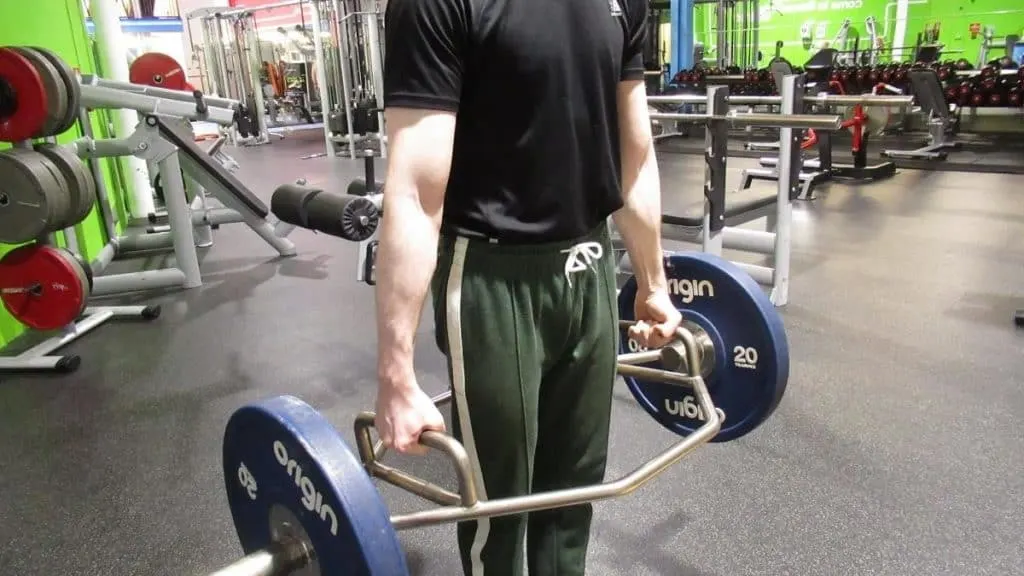
If you have big biceps small forearms, then you need to get a grip—literally.
Not only will people be confused when they receive a wimpy handshake from a pumped-up bodybuilder, but your grip will also limit your forearm training potential and that of your compound pulling movements.
Pretty much everyone with a strong grip has the forearm size to back it up. This was hard for me to admit as a novice lifter because I was obsessed with keeping my exercises hypertrophy-focused. However, it wasn’t until I started taking grip training seriously that I realized just how important it is to do grip-specific exercises for the forearms.
Farmer’s walks are the obvious choice here. And they work well. Hand grip squeezes are another great option, and you don’t even need to go to the gym to do them.
I particularly like plate pinches to develop crushing strength. And no kidding, even if you’re jacked, when you do plate pinches for the first time, you’ll suddenly be working forearm muscles that you didn’t even realise you had.
Make forearm hypertrophy a priority
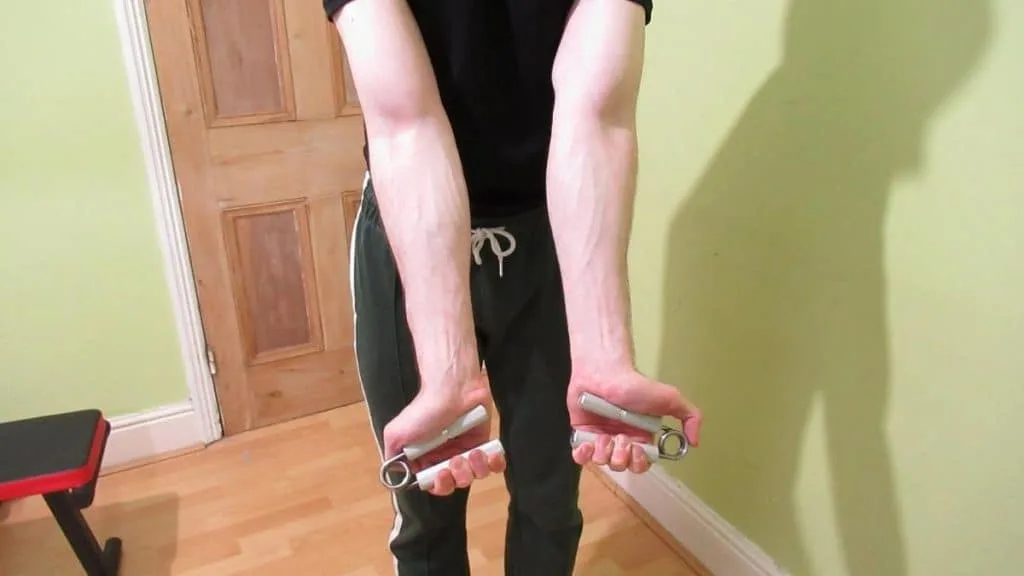
It sounds so simple. Yet, so many people fall at the first hurdle.
If you don’t prioritize your forearms, you won’t get the growth that you crave. But there are different ways to prioritize this growth that you need to consider. Let me explain.
You need to prioritize your exercise selection by doing more than just wrist curls. You need to prioritise your lower arms by training them first in a workout (on leg days, for example), earlier in the workout, or in their own session.
Some smarter bodybuilders will train their main muscles in the mornings and then come back to the gym and work their forearms. However, this 2-a-day setup should be reserved for advanced lifters because it’s simply just overkill for beginners and intermediates.
I know it seems hardcore to train twice a day, but I can assure you, your toothpick forearms don’t need the extra training. A couple of quality sets (like 2) of 3-4 exercises will do the trick.
See also
Conclusion: Maximising your forearm hypertrophy
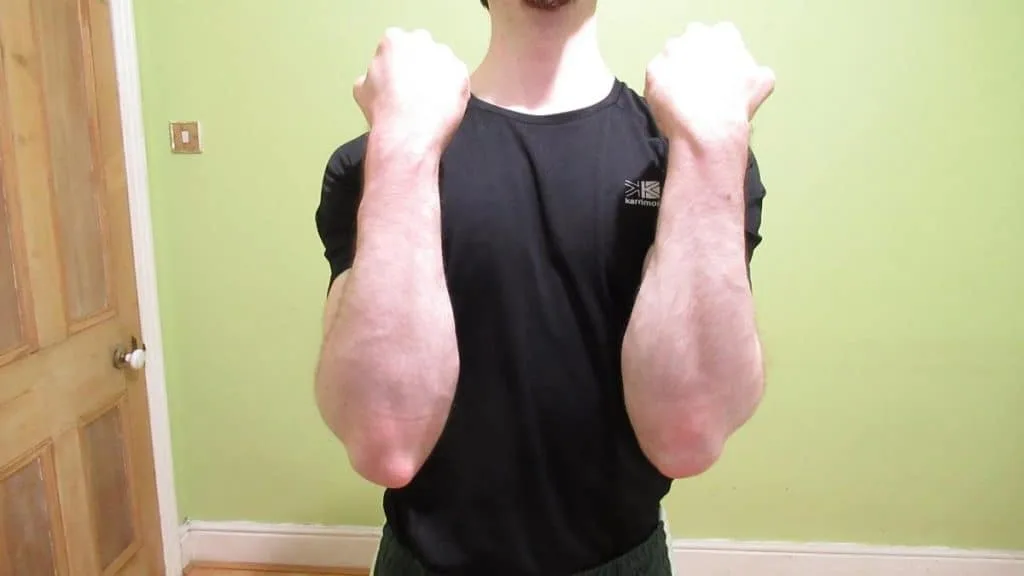
What does the perfect forearm hypertrophy routine look like?
Sorry if you like complex periodization. Because forearm growth is pretty simple.
Do one exercise for your grip. Do one drill for your flexors (grip exercises typically hammer the flexors, so be careful). Do one movement for your extensors. And then do one exercise for your brachioradialis.
Follow these guidelines, and you’ll experience fast and robust forearm hypertrophy if your diet is good, and if your recovery is on point.
References
- Tavel, R. (2018, November 21). How You Can Use Hypertrophy to Grow Your Muscles. Men’s Health. https://www.menshealth.com/fitness/a25252586/muscle-hypertrophy/
- Morton, R. W., Colenso-Semple, L., & Phillips, S. M. (2019). Training for strength and hypertrophy: an evidence-based approach. Current Opinion in Physiology, 11, 149–150. https://doi.org/10.1016/j.cophys.2019.08.002
- Krzysztofik, Wilk, Wojdała, & Gołaś. (2019). Maximizing Muscle Hypertrophy: A Systematic Review of Advanced Resistance Training Techniques and Methods. International Journal of Environmental Research and Public Health, 16(24), 4897. https://doi.org/10.3390/ijerph16244897
- How To Build Huge Forearms | Training Science Explained. (2017, August 13). [Video]. YouTube. https://www.youtube.com/watch?v=3xHrOLzTLYI

